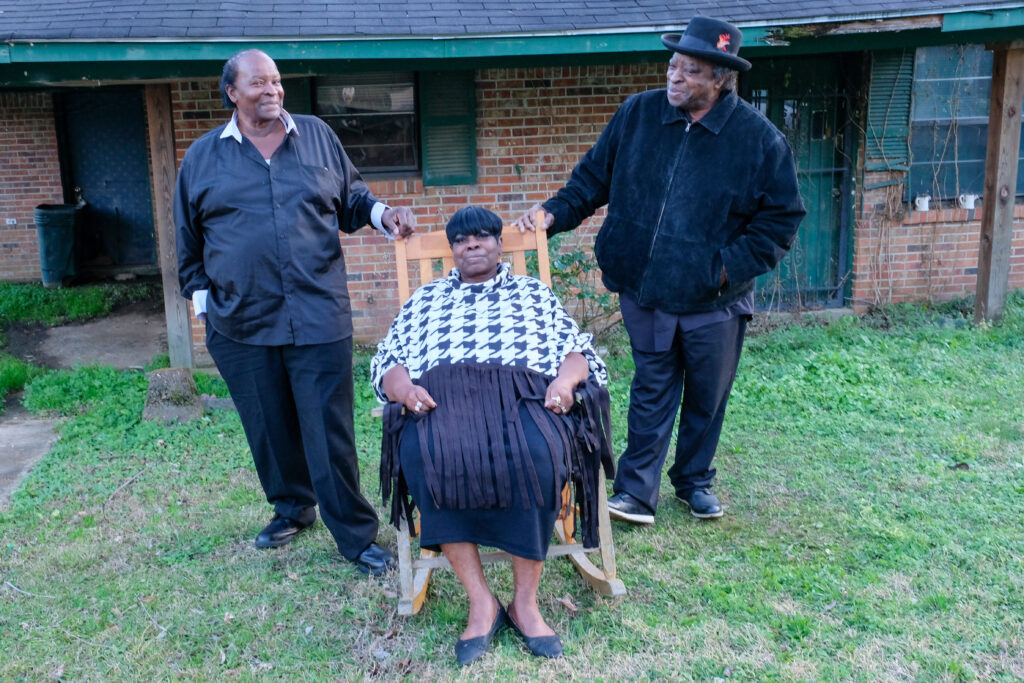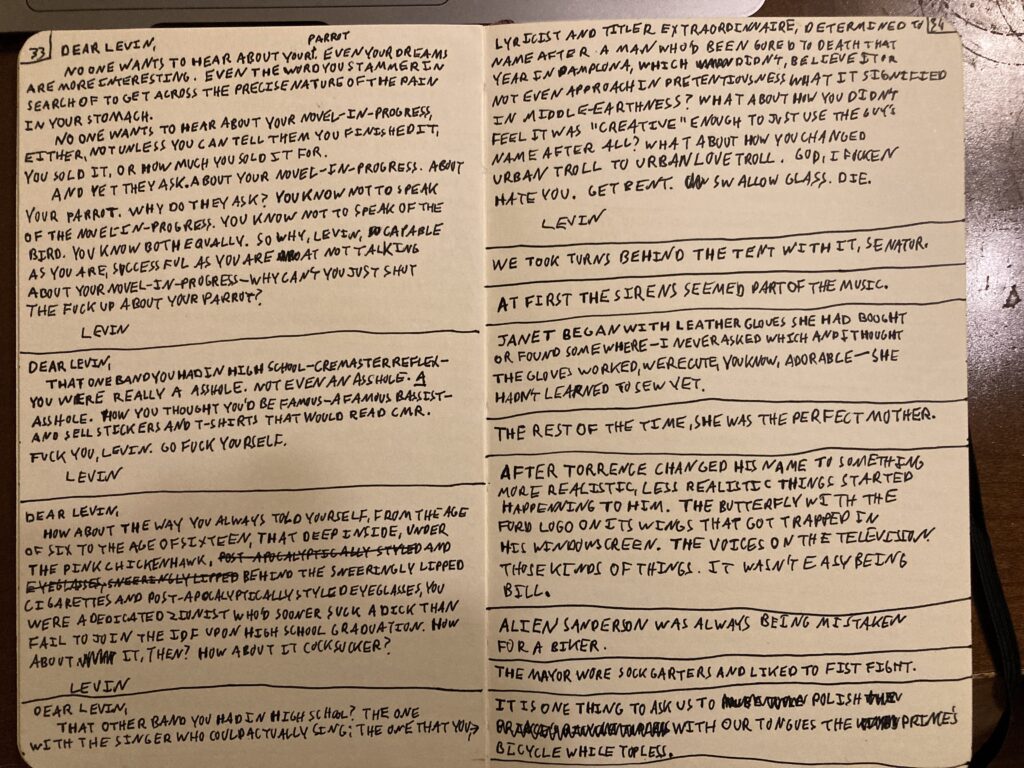While there’s a range of ereaders on the market, there’s no arguing that the Kindle has taken the top spot in terms of popularity. But narrowing down your ereader purchasing to a Kindle is only the first step. After that, there’s the crucial question of which Kindle model to get. Two of the most well-loved Kindle models are the Paperwhite and the Oasis. They both have similar sized screens and share a lot of features. So, the Kindle Oasis vs. Paperwhite: which one should you get?
First, a little bit of history. The Kindle Paperwhite came out in 2012, and its latest generation/update was in 2021. The Kindle Oasis came out in 2016, and its latest generation/update was in 2019. I will be comparing the most recent generations of both, though because the Oasis has not been updated in three years, it will likely either see a new generation in the next year or so or be officially discontinued.
Price
If you’re looking for affordability in choosing between the Kindle Oasis vs. Paperwhite, the Paperwhite is a clear winner. It starts at $140 while the Oasis starts at $270. For both, you can choose between the default 8 GB storage or a pricier version that has 32 GB. Given that Kindle ebooks are easily stored in the “cloud,” the average reader won’t need more than 8 GB unless they plan on storing a lot of audiobooks on the device. You can also choose between being ad-supported (a cheaper option that has ads displayed, though not while you read) or not.
There are two versions of the Paperwhite: the standard Paperwhite and the Paperwhite Signature. The Paperwhite Signature comes with that extra storage as well as an auto-adjusting light feature and a wireless charging option.
Appearance
The Kindle Oasis vs. Paperwhite in terms of size are pretty similar, though they have some key differences in design. The Kindle Oasis has a 7-inch screen, and the newest Paperwhite has a 6.8-inch screen. The Oasis also has page turn buttons on one side, so it is wider. Some Amazon reviewers still find it easy to hold in one hand, but others found it difficult to grip like that. If you have smaller hands and want to be able to hold your ereader in one hand, the Paperwhite will likely fit this requirement better.
Copyright
© Book Riot




















